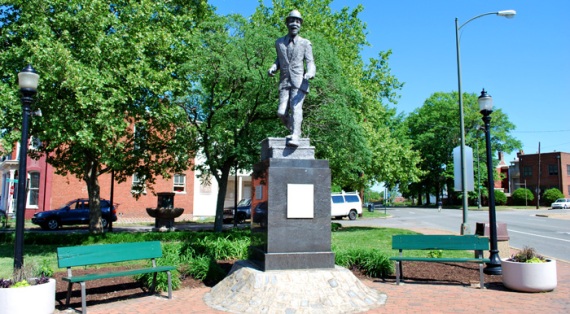 WHAT: Statue to Bill Bojangles Robinson in Jackson Ward in downtown Richmond, Virginia.
WHAT: Statue to Bill Bojangles Robinson in Jackson Ward in downtown Richmond, Virginia.
LOCATION: At the intersection of old Brook Road, West Leigh and Price streets, in the south corner of the triangular Bojangles Park.
ARTIST: John Temple Witt.
DEDICATION: June 30, 1973.
DESCRIPTION: This 9 1/2 ft. aluminum figure of the famous tap dancer Bill “Bojangles” Robinson stands on a 6 foot high black marble pedestal. The Statue portrays Bojangles dancing down a flight of stairs. It is sponsored by the Astoria Beneficial Club.
* * *
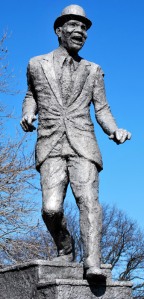 Bill “Bojangles” Robinson was born May 25, 1878, in Richmond. He was an American tap dancer and actor of stage and film. Audiences enjoyed his understated style, which eschewed the frenetic manner of the jitterbug in favor of cool and reserve; rarely did he use his upper body, relying instead on busy, inventive feet and an expressive face.
Bill “Bojangles” Robinson was born May 25, 1878, in Richmond. He was an American tap dancer and actor of stage and film. Audiences enjoyed his understated style, which eschewed the frenetic manner of the jitterbug in favor of cool and reserve; rarely did he use his upper body, relying instead on busy, inventive feet and an expressive face.
A figure in both the Black and White entertainment worlds of his era he is best known today for his dancing with Shirley Temple in a series of films during the 1930s. He died of heart failure, penniless in New York City, November 25, 1949.
Sadly, Bojangles Park is very small and the streets are busy at this intersection. I love this setting and the statue itself, but it’s tough to enjoy the scene with visitors and small children without worrying about traffic.
Of course, that’s part of why he’s honored. The story goes that in 1933, while in Richmond, he saw two children risk speeding traffic to cross a street because there was no stoplight at the intersection. Robinson went to the city and provided the money to have one installed.
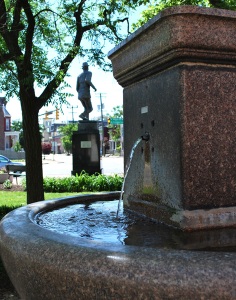 The triangle park is well-maintained, as is much of the architecturally intriguing Jackson Ward these days. So many renovated homes and old buildings are being brought back to life.
The triangle park is well-maintained, as is much of the architecturally intriguing Jackson Ward these days. So many renovated homes and old buildings are being brought back to life.
The park also includes an old animal drinking fountain, which I find to be fascinating in its own right. I wish that many more of those existed around the city as an attractive link to the past. It’s easy to envision someone with a horse carriage taking advantage of a fountain like this one on a “long” trip from downtown Richmond to Ginter Park and the North Side 100 years ago.
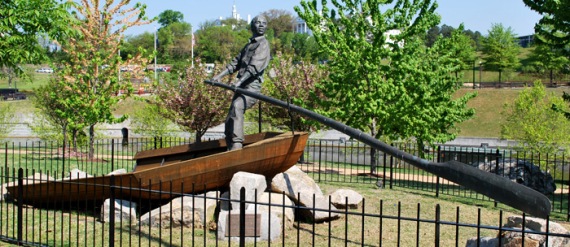
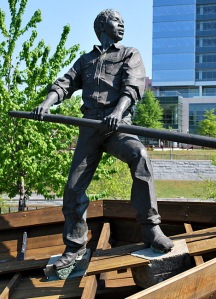

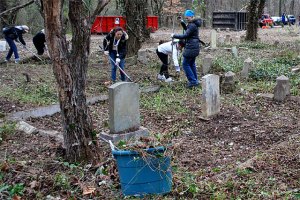
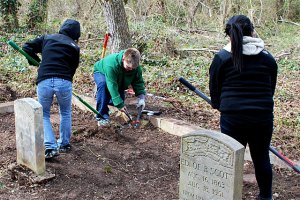
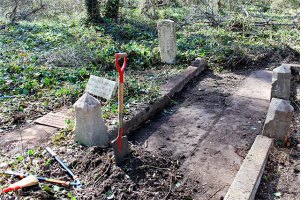
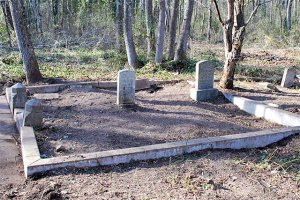
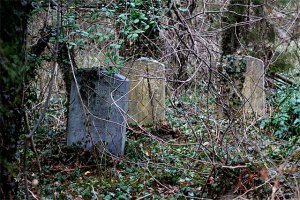

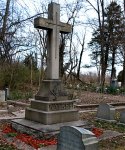
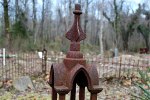
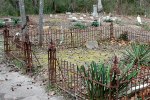

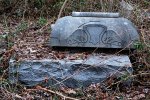
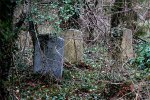
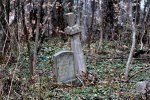

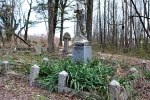
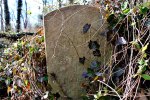
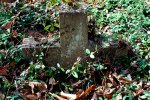
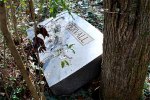
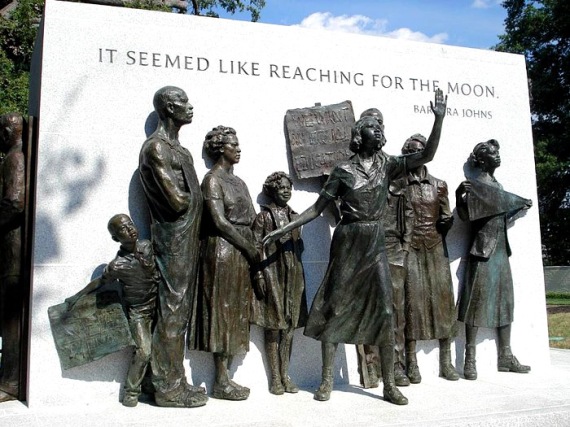
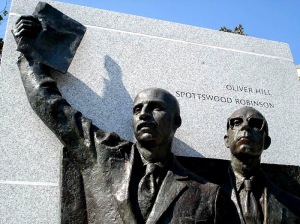

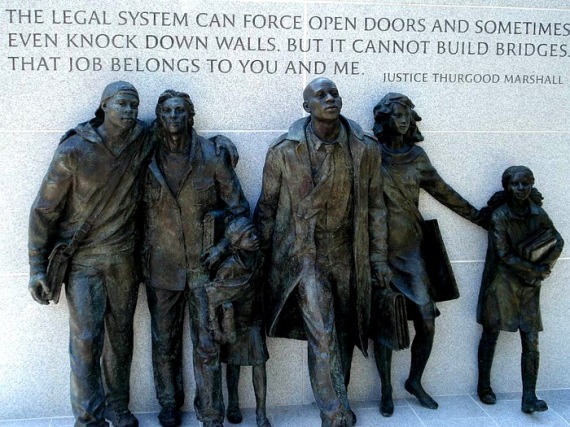
Comments & trackbacks